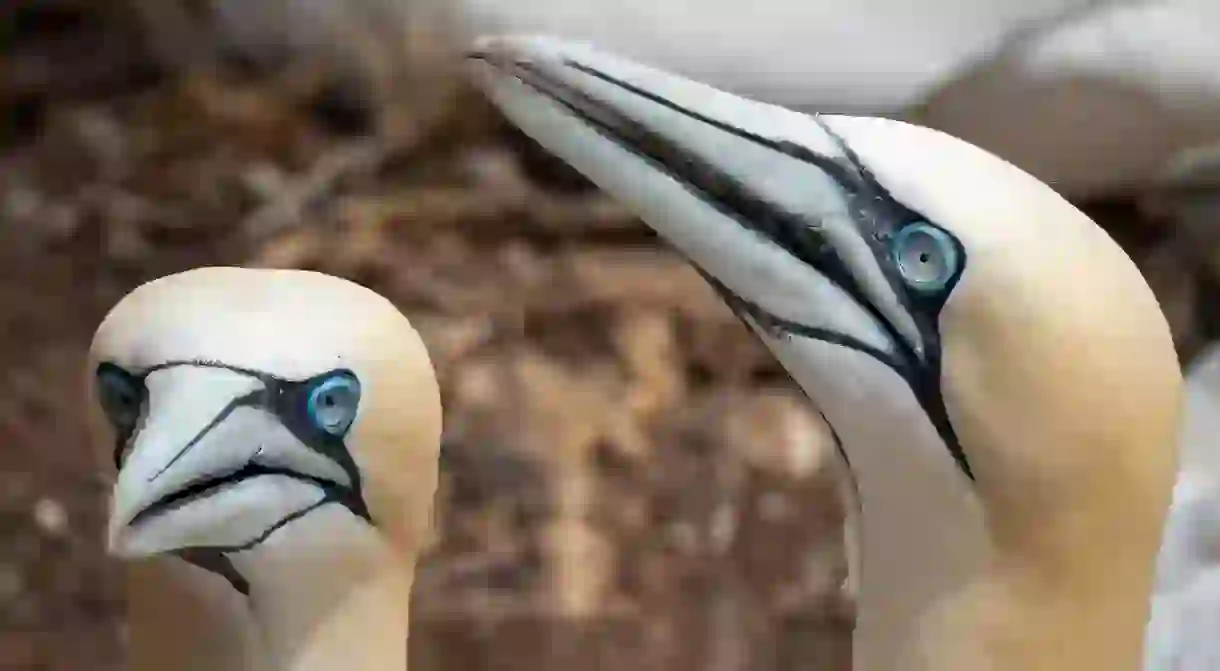The Photos That Prove Northern Quebec Is a Dream Travel Destination

Northern Quebec covers the Nord-du-Québec region, which is the largest—but least populous—administrative district in the province. Nord-du-Québec reaches from farmland in the south to the Arctic tundra in the north, covering over one million square kilometres. Here are 13 photos that show the rugged natural beauty of this northeastern corner of Canada.
Did you know – Culture Trip now does bookable, small-group trips? Pick from authentic, immersive Epic Trips, compact and action-packed Mini Trips and sparkling, expansive Sailing Trips.
Activities in this region abound for adventurous travelers, including hunting, fishing, snowmobiling, hiking, dog sledding, skiing, canoeing, and kayaking. There are also plenty of opportunities for watching the Northern Lights.

The Arctic part of Nord-du-Québec, Nunavik, covers about one-third of the region, and 90% of its residents are Inuit. Indeed, Nunavik means “great land” in the local dialect of Inuktitut, and it’s full of stark but stunning vistas like the one pictured below.

In Nunavik during the summer months, the sun never goes down. In contrast, during the long winter months, the skies remain darkened—decorated with the dancing colors of the aurora borealis.

Other attractions in Northern Quebec include the North Shore Regional Museum, the three-kilometer-wide (two miles) Pingualuit Crater, and the George River, which is known for being a great spot for salmon and trout fishing.

Nature, especially the extremely harsh winters, rules this region. The cold months are long, and even summer, with its ongoing sunshine, is edged short by northern frost.

Throughout Northern Quebec, you can also enjoy sightings of rare wildlife, such as the Northern Gannets, pictured below.

Other sightings of rare species may include the adorable snow buntings, as shown below.

Not to mention animals such as elk, timber wolves, coyotes, musk oxen, deer, Arctic foxes, caribou, bears, moose, and bison.

In the region, you can also visit a historic site on Pamiok Island in Ungava Bay, which contains several longhouses and other stone structures that possibly have Viking origins.
The natural geography of this region is characterized by tundra and rock formations, as well as rivers and lakes, with very few trees.

If the deep north isn’t for you, heading to the southern shore of the St. Lawrence is still a dream travel experience. This region is not as remote, with the agricultural Bas-Saint-Laurent (Lower St. Lawrence).

There’s also the rugged and beautiful Gaspé Peninsula, which is stunning in any season.

Heading east, you can also travel out to the lovely Îles-de-la-Madeleine in the Gulf of the St. Lawrence.














